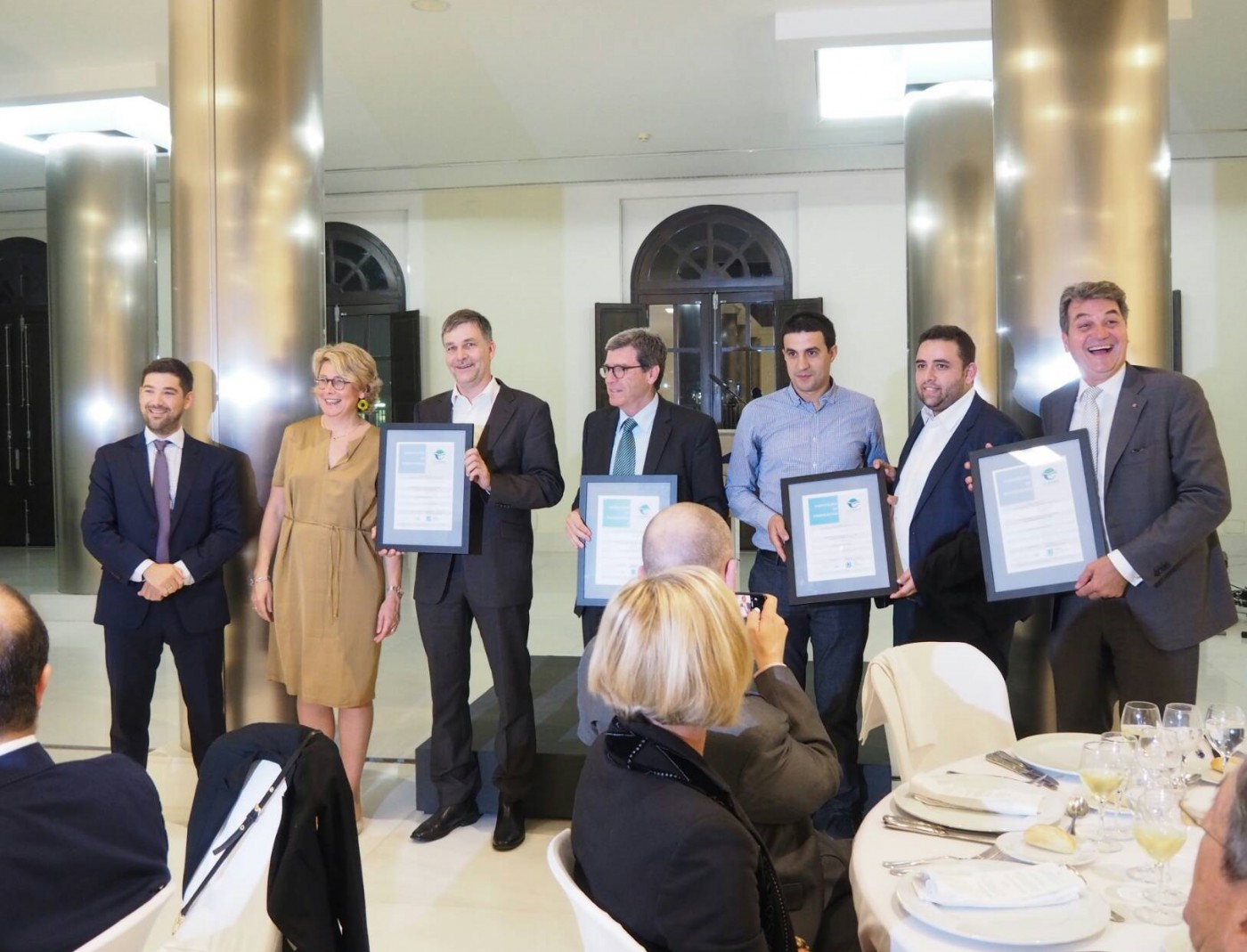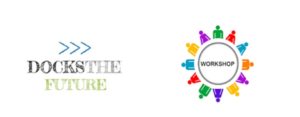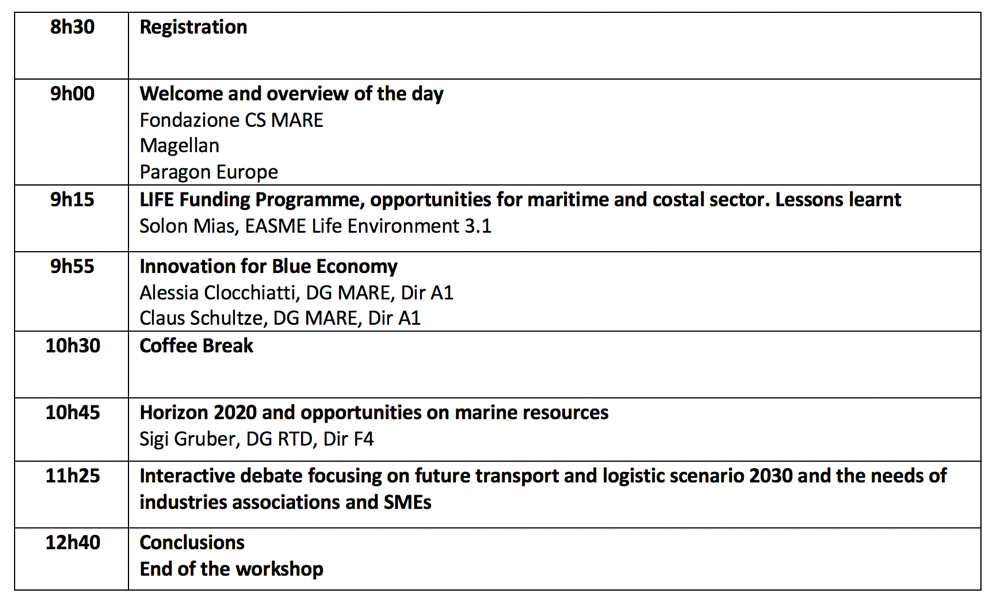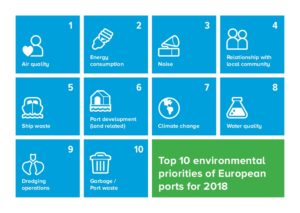
In recent years, the transport in line with communication, liberalization, and international standardization known as the four pillars of globalisation. Maritime transport known as the backbone of the global trade as more than 90 percent of world cargo, in volume, in carried by sea. Among all transport modes, shipping is the most cost-effective way of cargo transport. According to a report from the EU commission in 2014, almost 90 % of the European Union’s external freight and 40 % of its internal freight moved by sea. However, maritime transport still suffers from problems like lack fast increasing share of GHG emission and marine accidents.
As in a misconception , shipping is not moving from a port to another port, not exclusively a navigational process but includes a large number of processes, such as traffic management, fuel consumption management, safety of navigation, towage, availability of pilots, availability of bunker, cargo handling, customs, immigration, port berthing, classification surveys, and etc. Many of these processes not only add administrative and financial burdens but also result in more energy consumption and consequently higher environmental impacts. Shipping and port activities together expose externality costs, mainly health-cost, on local people while increasingly contributing to global GHG emission. Currently, one of the main common challenges of many European port-cities regions are the local-global mismatch, as the benefits to the local communities is less than the externality costs. Furthermore, marine accidents such as collisions, groundings and oil pollutions have affected the different aspects of the lives of people in the coastal cities such as in fishing, tourism, fresh-water generators etc.
The maritime transport contributes to global GHG emission and sea pollutions
Emissions from maritime transport account for 3% of global greenhouse gas emissions today – equivalent to more than the total annual emissions of Germany – and this share expected to rise to 5% by 2050. In this respect, under the IMO new strategy on the reduction of GHG emissions from ships, there will be a pathway of CO2 emissions reduction, consistent with the Paris Agreement temperature goals, targeted to reduce at least 50% greenhouse gas (GHG) emissions from the global shipping sector by 2050, compared to 2008.
At the Europe level, the EU is calling for a global approach to reducing greenhouse gas emissions from international shipping – a large and growing source of emissions. The Commission’s 2011 White Paper on transport suggests that the EU’s CO2 emissions from maritime transport should be cut by at least 40% from 2005 levels by 2050, and if feasible by 50%. In 2013, the Commission set out a strategy for progressively integrating maritime emissions into the EU’s policy for reducing its domestic greenhouse gas emissions. The strategy consists of the below steps:
- Monitoring, Reporting and Verification(MRV) of CO2 emissions from large ships using EU ports
- Greenhouse gas reduction targets for the maritime transport sector
- Further measures, including market-based measures, in the medium to long-term.
A solution to counteract the shipping environmental impacts
It is also widely recognised that today’s shipping activities principles have not changed much for a century, are not necessarily well adapted to modern demands of our digitalised era. For shipping in order to meet cost-saving targets and reduce environmental impact, it is strongly recommended to be controlled with the same precision as the aviation world. It means to have traffic management systems that micromanage the routing and timing of entire shipping lanes.
Within the concept of Traffic management for ports, all vessels need to be managed by a traffic management centre. In the light of new technologies such as digitization and policies in place, sea transport can be more synchronized and transparent within the entire transportation system. As a solution, along with the introduction of the digitization in the maritime sector, Shipping Traffic Management (STM) is a part of the multimodal logistics chain, empowering sea operations and shore-based operations as well within the scope of berth-to-berth. It means that all actors in the whole chain of activities from the berth at the point of origin, in the sea voyage, and in the berth at the point of destination should be part of an information flow.

The actors and stakeholders involved in ships operations
For any port to plan and schedule the operations accurately, it is needed to have access to the information about the plans and progress at the previous port, the sea voyage/passage, and hinterland transport serving the port. It significantly reduces the vessels waste time and its related fuel consumption.

Schematics of enhanced Sea Transport by STM, as a part of a multi-modal chain of operations, Source: STM Validation Project
For shipping, just-in-time is critical when approaching ports as it contributes to reduce the delays, waste time and to save fuel consumption. The various actors need to synchronize their processes ensuring the necessary services are provided when needed. In shipping and logistics, the players require standardising the data exchange on an international level while it has been applied at regional levels in projects such as MONALISA in Europe.
Based on the STM projects, for the ship to shore date exchange the information owner: the ship or the shipping company, selects the partners, which are allowed to receive the information. The information to be sent in IP-format over any communication channel. Cyber Security is ensured by the service and identity registries in the Maritime Connectivity Platform. The important equipment is the latest version of the Electronic Chart Display and Information System (ECDIS) on board the vessel. Even though the connectivity is improving extremely in recent years, but the constant connection is not a requirement in the STM approach. A function stores messages from the ships until a good enough communication channel is available.
Sea Traffic Management connects the maritime world in real time, with efficient information exchange. STM aims to create a safer, efficient, and more environmentally friendly maritime industry. Through STM-services, the personnel on-board and on-shore can make decisions based on real-time information. These services allow more just-in-time arrivals, right speed of steaming, and a reduction in administrative load, and importantly reducing the risks related to human-error factors. According to the STM validation project, the example of services are:
- Route optimisation services
- Ship to ship route exchange
- Enhanced Monitoring
- Port Call Synchronisation
- Winter Navigation

A distributed data-sharing design in a centralised management framework will also give more room for new actors to enter the domain. It also provides new services that build on data made availability by the various stakeholders. Therefore, the concept of STM supports a cooperative and coordinated model of data sharing and using all data from the maritime space in a real-time framework, in order to improve safety, environmental performance and efficiency in the maritime transport chain. Fig.2 shows the actors and bodies engaged in a ship & port operation.
STM project in Europe
European Union has targeted to improve the availability of more reliable and real-time data from shipping activities to use for statistical purposes, for example, on routes, type of goods, as well as the type of vessels and port calls. It is highlighted in Directive 2010/65/EU on reporting formalities for ships arriving in and/or departing ports of the Member States, and Directive 2014/100/EU on establishing a Community vessel traffic monitoring and information system (VTMIS))
In 2009, the concept of Sea Traffic Management (STM), led by the Swedish Maritime Administration, started to take form in an EU-funded project (MONALISA). Then, STM aimed at enhanced safety by allowing ships to share their intentions and routes with shoreside actors like VTS or Port Control. At the same time, ports were given the opportunity to receive real-time ETA data during the sea passage from departure berth to arrival berth. The need for standardisation and the potential of the data-sharing of voyage plan information, both spatial and temporal, past, present and intended all elaborated. Access to the updated information from ships regarding arrival times, and what services they need, would allow the European ports to plan and become much better service providers. Synchronisation of EU ports’ activities can be achieved through making partnerships of relevant policy makers at regional levels.
Within the European territorial cooperation, the partners from successfully implemented and validated STM policies/programs like Mice, Monalisa and Monalisa.2 projects are expected to maximise the profit of both ship and port sides while minimising the costs in a systematic way to meet the low-carbon economy approach. Three categories of Regulations, Environment and Economy are addressed through the STM approach.

Sea Traffic Management is an effective proved tool to structure the EU ports relations with shipping activities in VTS, port calls, logistics, cargo flow, pilotage, bunkering, the safety of navigation and etc., within a standardised framework. The main result will be decarbonization of the transport along the cost control by minimizing the resources required to steam between two ports. Another important result is the enhancement in the regional safety of maritime transport. Furthermore, it helps meeting the European environmental and Energy Directives and strategies like in maritime section of TEN-T network.
There other benefits for direct and indirect stakeholders engaged in STM activities. Public benefits from a decrease in the number of marine accidents and avoiding sensitive areas. For ports, resource optimized utilization will be a significant gain as less resource like tug boats need to be on “stand by”. In addition, shorter port calls lead to less emission in the port area. For authorities and governments, visibility through continuous monitoring is an achievement. It reduces the risk of accidents while bringing more efficient Search & Rescue (SAR). For the indirect actors like cargo-owners, the predictability of goods arrival and departures will be an advantage for easier planning together with logistics actors.
By R.Karimpour
















